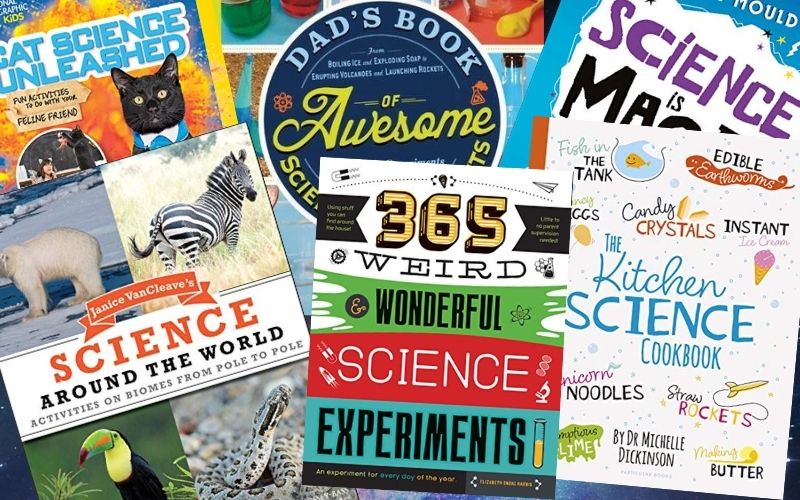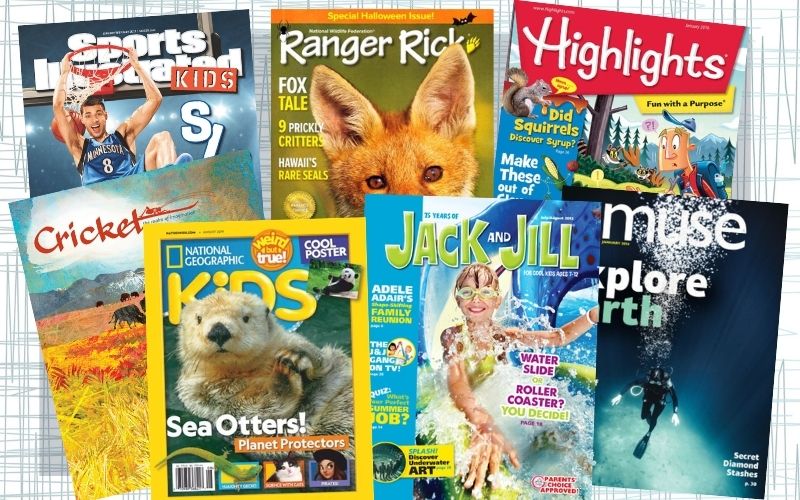
Get kids reading with these 12 amazing magazines for ages 6-14
One of my go-to suggestions for families with reluctant readers is to try different kinds of reading. Not just reading books, but all kinds of text.
Studies show that the more printed materials that are available to kids, the better they’ll do in reading, writing, and math skills. This means not just overloading on books, but also making sure magazines, newspapers, and comics are readily available.
Use magazines to boost reading!
*This post contains affiliate links. Read our full disclosure policy here.
I particularly like magazines because they’re designed to entertain kids. That means they’re well-written, nicely formatted, have excellent photos and illustrations, and are pretty solidly aimed at a strict age level.
Magazines also slip easily into a daily reading habit, especially if you use them combined with a longer narrative or non-fiction book.
>>> Check out: 5 simple tips to turn your reluctant reader into a total bookworm.
For instance, kids who love the animals in Ranger Rick can check out the 590s section for some non-fiction books about animal science. Or perhaps a sci-fi story in Cricket inspires your kid to learn more about rockets!
Here’s 12 of my favorite magazines for kids ages 6-14 (roughly 1st grade through 8th grade).

1. National Geographic Kids
A staple for any household, this magazine has excellent photographs, stories about wildlife, science, technology, pop culture; features like Amazing Animals, Weird But True, Cool Inventions, etc. 10 issues per year. Ages 6-10.
Purchase: print subscription / digital subscription.
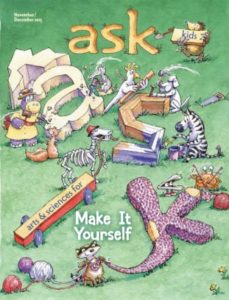
2. Ask
Part of the Cricket Media family of educational and advertising-free magazines, this one is focused on science and technology. Great for kids who love non-fiction, coding, science, technology, building robots, watching nature documentaries, and so on. Check out a free sample issue here. 9 issues a year. Ages 6-9.
Purchase: print subscription / digital subscription.
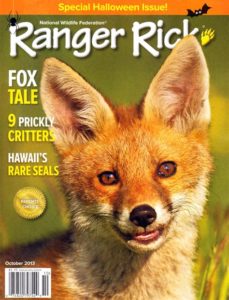
3. Ranger Rick
The classic magazine for all animal-lovers everywhere, this magazine is filled to the brim with animal facts, photos of wildlife, and stories of people who work with and take care of animals. 10 issues a year. Ages 7-12.
Purchase: print subscription / digital subscription.
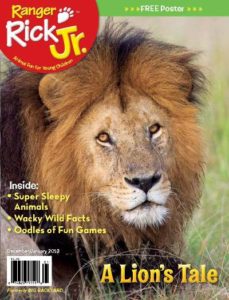
4. Ranger Rick Jr.
A sister publication to Ranger Rick magazine, this one is written with a slightly younger audience in mind. Still the same amazing animal photos, wildlife facts, interviews, and so on– just a younger reading age. 10 issues a year. Ages 4-7.
Purchase: print subscription / no digital subscription available.
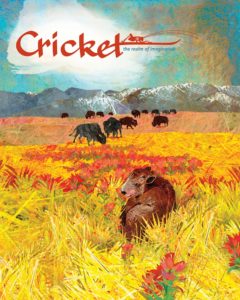
5. Cricket
Advertising-free. Fiction, classic literature, and nonfiction short stories accompanied with wonderful illustrations. Topics include culture, history, science, and the arts. One of my favorites, a good purchase especially for kids who really LOVE to read. Check out a free sample issue here. 9 issues a year. Ages 9-14.
Purchase: print subscription: / digital subscription.
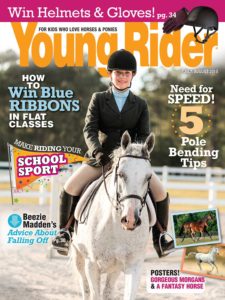
6. Young Rider
If you have horse-crazy kids who really, really want to keep reading about horses all the time: this is the magazine for them. Includes a mix of English and Western riding instruction, essential horse health and tips for horse care, nonfiction stories about other horse-crazy kids, and more. 6 issues a year. Ages 8-15.
Purchase: print subscription / digital subscription.
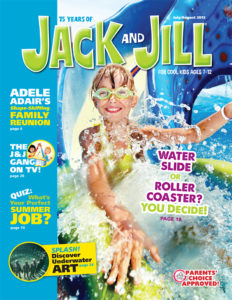
7. Jack and Jill
A classic kids magazine features nonfiction articles, short stories, poems, comics, recipes, games and crafts. Published since 1938, a humongous feat for any magazine! 6 issues a year. Ages 6-12.
Purchase: print subscription / digital subscription not available.

8. Muse
Similar to ASK magazine, but aimed at slightly older children, this science and arts magazine inspires curiosity and interest in how the world works. A natural successor to ASK magazine. No advertising. Topics run the range from robots to rooftop beekeeping. Great for budding scientists and curious kids. Check out a free sample issue. 9 issues a year. Ages 9-14.
Purchase: print subscription / digital subscription.

9. Sports Illustrated Kids
One of the most popular (and most stolen) magazines in any library, SI Kids launched in 1989 and has been an indispensable addition to any kid’s reading list since. Topics include sports, nutrition tips, interviews with young athletes, and self-improvement articles about keeping a positive attitude/setting goals/practicing/etc. 12 issues a year. Ages 8-14.
Purchase: print subscription.

10. Boys’ Life
The official Boy Scouts of America magazine, this publication is very popular with kids who love adventure and survival stories (e.g. the I Survived series or Gary Paulsen’s Hatchet). Content includes: travel stories, product guides, book reviews, environmental issues, history, sports, and comics. 10 issues a year. Ages 6-10 (there’s also an 11-18 version).
Purchase: print subscription.
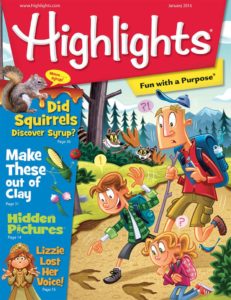
11. Highlights
Highlights magazine is still going strong 70+ years since it first began, and it’s a great title for younger kids who like a mix of topics. No advertising, just 40+ pages of short stories, games, science experiments, crafts, puzzles, and the Ask Arizona advice column– plus the classic Goofus and Gallant comic about right and wrong behaviors. 12 issues a year. Ages 6-12.
Purchase: print subscription / digital subscription.
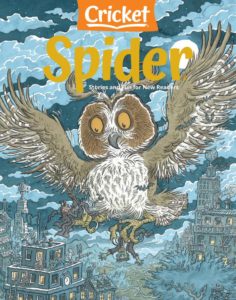
12. Spider
A similar publication to Cricket (and published by the same company), Spider is a literary magazine for slightly younger children. There’s no advertising, and contents include short stories, poems, recipes, games and activities. As always, it’s filled with beautiful illustrations. Check out a free sample issue. Recent winner of the 2019 Parents’ Choice Gold Award. 9 issues a year. Ages 6-9.
Purchase: print subscription / digital subscription.
>>> Want to get both Spider and Cricket magazine? Same some $$ and get a Cricket/Spider combo subscription!
Whichever magazine you choose, make sure it’s available anywhere and any time your kid may want to read. Sneak mags into the car so they can read before school. Stack them under their bed so they can read right after waking up. Hide a few in their backpack so they have something to read after lunch.
If you found this post helpful, please share it with a friend!

